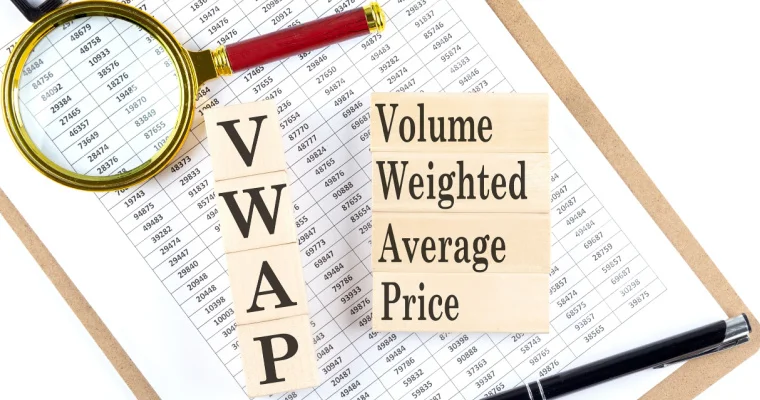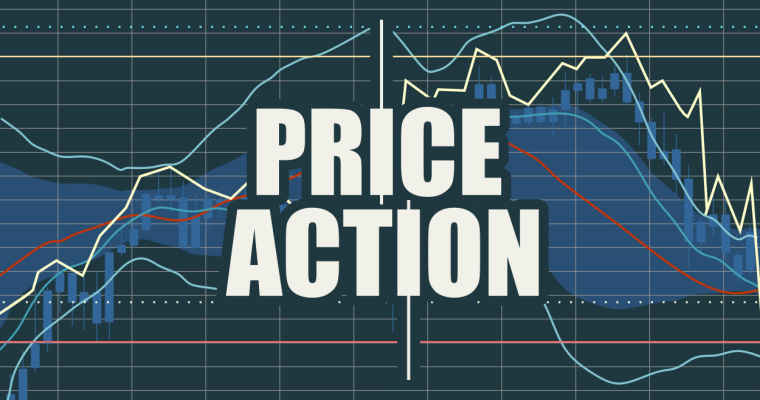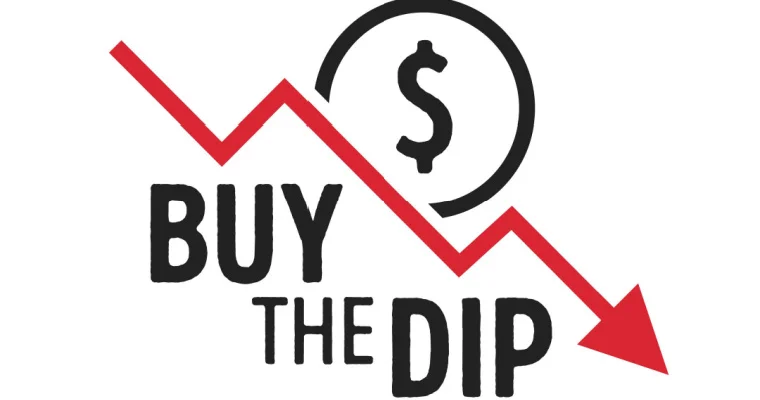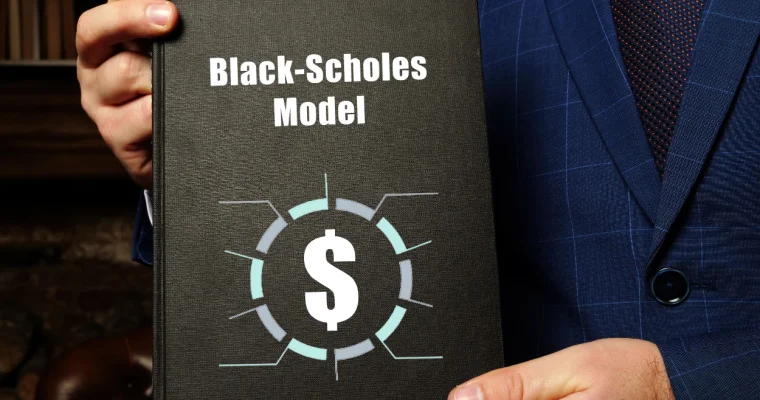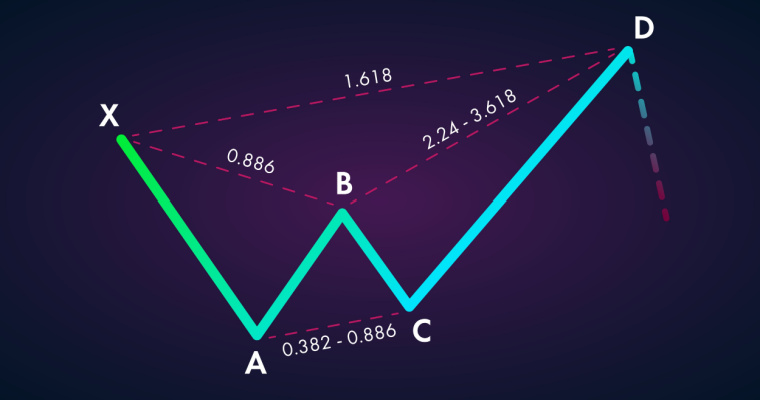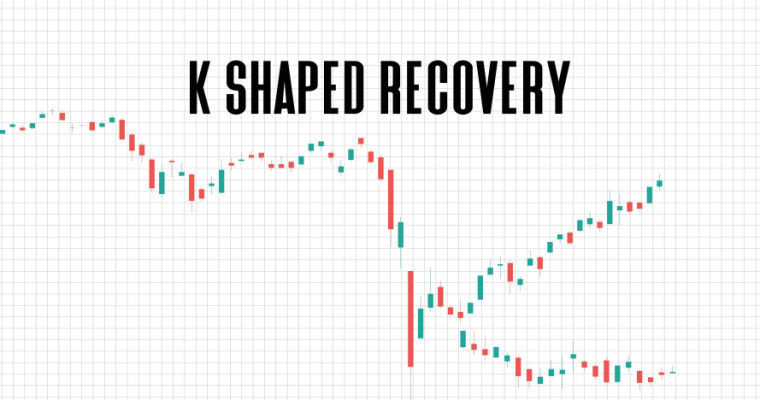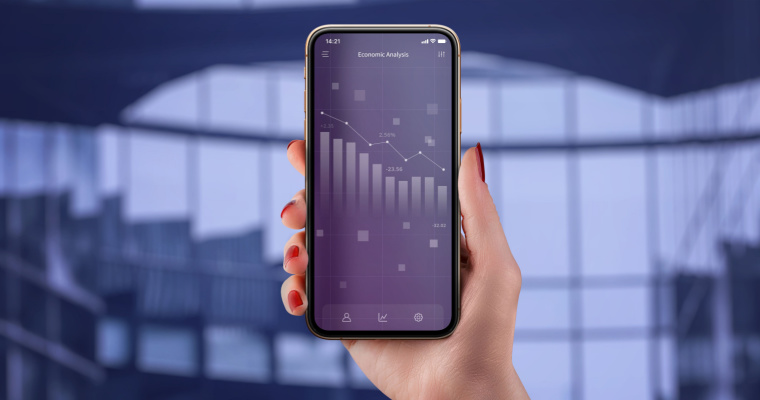What is a Contango Situation in Trading and What is Its Impact?

Contango Situation is a market situation in which the spot price of a commodity is lower than its future price. Negative contango may lead to backwardation, and a positive contango will indicate bullish tendencies in the commodity or financial asset. Contango may also mean that futures of any commodity are currently trading at a premium over the spot price.
Many investors use contango in their investment analysis to decide whether they should go for buying a commodity at spot value or opt for a future contract and, therefore, get future delivery of the same. Read on to know every detail about the contango situation
Contango Situation and Backwardation
Contango and backwardation run along and are closely related. The concept of Backwardation is the complete opposite of contango. It means a situation in which the spot price of a commodity is higher than its future value.
For example, let’s say a stock is trading at BSE at Rs.1200. However, a future contract of the said stock is trading at Rs.1175, meaning that you will have to pay this amount when the delivery of a commodity happens to you in the future. As the expiry of contracts comes nearer, future prices will start moving towards the spot prices. In this situation, we can say that markets are in backwardation.
Why Are Backwardation and Contango Important?
Forward markets of a commodity were introduced with a purpose – the traders operating in these markets could sell their products at a future date while locking in current spot prices. However, not all traders would want to receive physical delivery of commodities.
Suppose you purchase a futures contract of a stock, but you do not wish to receive actual delivery of the same on expiry. In this case, you will be trading the profits, i.e., the difference between the closing price of the contract and the starting or initial price of future contracts.
Both backwardation and contango play an essential role in formulating and implementing an investment action plan. Investors use them to analyse the situation in the spot market and understand the connection or trend between future and spot prices. Based on their findings, they will move ahead with future courses of action to earn profits.
Example of Contango Market
Now that you are aware of the meaning of contango and its importance, let’s consider an example that will give more clarity to the concept:
Suppose you are thinking of buying a future contract with Tata Motors, whose spot or current trading price is Rs.750. A futures contract with a one-month expiry is priced at Rs.875. However, you incur the cost of carrying future contracts up to the expiration date. This involves interest foregone, issuance cost, etc.
In this scenario, the cost of carrying comes out to be Rs.100. Therefore, the effective spot price, which is spot price plus carrying costs, comes out to be Rs.850, which is lower than the futures price of the stock. This is contango futures, indicating bullish trends. Moreover, you must note that as the expiry date draws closer, future and spot prices will tend to converge with one another.
Let us see another situation in which a futures contract of Tata Motors having two-month expiry is priced at Rs.920. Its spot price or trading value of the stock on the National Stock Exchange is Rs.875. The associated carrying cost of this future contract is Rs.85. Therefore, the effective spot price comes out to Rs.960, which is higher than futures prices.
This situation shows backwardation, which is the opposite of contango. Similar to contango, contracts will start converging and moving towards each as the expiration date draws near. We hope that this contango and backwardation example has polished your conceptual clarity.
Also Read
What Does Contango Tell Investors?
This phenomenon provides various clues and opportunities to investors who are dealing with commodities in particular. One can also receive alerts relating to market dislocations like demand-supply pressures, inflation, etc., if they closely follow contango.
Additionally, while analysing contango, investors can also take advantage of the price differential of a commodity and indulge in arbitrage trading to earn profits. They can buy commodities at a lower spot price and sell at higher futures value. This increases the spot price through rising demand and a higher supply in the future. A rebalancing of sorts in commodity supplies takes place, which is normally referred to as carrying trade.
In case of contango, investors focus more on future contracts available in their portfolios. Many contracts will roll forward upon expiration. It may incur losses as spot prices remain lower than the price of future contracts. ETFs like gold ETFs which hold physical possession of the commodity are not greatly affected by contango, unlike Oil ETFs, which do not hold physical possession.
What is Contango Market Curve?
As contango indicates a situation in which the futures price of a commodity is on the higher side than current prevailing spot prices, it will form an upward-sloping forward curve. The upward sloping indicates a positive relationship between the time and price of contracts. With the passing of time and as contracts get closer to their expiry dates, spot prices also rise and tend to converge with the futures price of a particular commodity.
What is the Impact of Contango on Investment Funds?
Based on the history of the financial markets, it is evident that contango has some significant impact on investment funds. Investment funds deal with short-term future contracts; hence, in the event of the expiration of a contract, these funds will shift to the next month.
Let’s say that the contracts for the month of January are about to expire. In such a scenario, the investors will sell that and buy a new contract for the month of February. However, there is a major risk in this as capital may dry out during a major crisis, and the fund may not be sufficient to buy contracts for succeeding months.
Contango greatly affects long term funds as well. For example, if the volatility component of the next month’s futures contract is about to be 5-10 % higher than the current month’s volatility price of the futures contract, it means that these funds will have to incur losses amounting to 5-10% of the asset value as the futures contract roll over to the next month.
Advantages of Contango
- Investors use this phenomenon as a signal to time their trades in the market. As soon as they see a contango happening, investors review their positions as per changes happening in the markets.
- You stand to gain huge profits by shorting ETFs, which lose value from the process of contango. However, there is an element of risk as contango may change to backwardation and wash away all gains.
- Contango aids in timing arbitrage opportunities or simultaneous purchasing and selling of futures of a commodity or asset. Investors take advantage of price differential arising from contango to execute arbitrage and earn profits.
Disadvantages of Contango
- Both contango and backwardation are complex concepts, and it requires a lot of knowledge and intensive market research to gain from them.
- Investment funds that roll their future contracts in the succeeding months tend to underperform the index, stock, or general market. This is due to capital erosion, and this process is called contango drag.
Also Read
Final Word
Contango situation is an efficient market indicator that helps investors in adjusting their trades or investments by analysing the relation between the spot price and the futures price of a commodity. It may imply bullish conditions for that particular stock or asset and also open up arbitrage opportunities. Investors are advised to assess a Contango situation after doing in-depth research before making any trading decisions based on the same.
FAQs on Contango Situation
Ans: There are several reasons that can explain the rise of contango. These include storage costs of keeping physical commodities for the entire timeline of the contract. Another factor that leads to contango is carrying cost, which implies the interest component of money locked away in contracts for an extended time.
Ans: The contango trading curve is an upward-sloping linear curve. On the other hand, backwardation leads to a downward-sloping linear market curve.
Ans: It shows the contango situation occurring in the silver commodities market. Whenever the futures contract price of silver with an expiration date is higher than its effective spot price, which includes spot price along with carrying costs, it exhibits contango.
Ans: A long trading position in contango means that you will lose the difference amount between the futures and spot price of that commodity. Whereas in case of a short position, you will gain the difference amount of spot and futures price.
Want to put your savings into action and kick-start your investment journey 💸 But don’t have time to do research? Invest now with Navi Nifty 50 Index Fund, sit back, and earn from the top 50 companies.
Disclaimer: Mutual Fund investments are subject to market risks, read all scheme-related documents carefully.
This article has been prepared on the basis of internal data, publicly available information and other sources believed to be reliable. The information contained in this article is for general purposes only and not a complete disclosure of every material fact. It should not be construed as investment advice to any party. The article does not warrant the completeness or accuracy of the information and disclaims all liabilities, losses and damages arising out of the use of this information. Readers shall be fully liable/responsible for any decision taken on the basis of this article.

Customer’s Feedback
No comments found.Illiquid Stocks Guide: Definition, Examples, and its Working
Illiquid stocks are part of a long-term investment strategy that is appropriate for investors who a... Read More »What is Shooting Star Candlestick Pattern in Trading?
The shooting star candlestick pattern is considered to be a bearish reversal candlestick ... Read More »What is VWAP Indicator and How to Use it for Trading
The VWAP indicator shows the volume-weighted average market price of a particular stock. You can us... Read More »What is Price Action Trading: Its Strategy, Stop Loss and Profit Targets
Price action trading is a methodology in which the trader solely relies on analysing a security’s... Read More »What is Buy the Dip Strategy in Trading – Working and Example
‘Buy the dip’ is one of the most common phrases in the stock market. It is sort of a go-t... Read More »What is the Black Scholes Model – Formula, Calculation and Assumptions
Among the important concepts in modern financial theory, the Black Scholes model, developed in 1973... Read More »What is Iron Condor and What are its Strategies?
Iron Condor is an options trading strategy that involves four options with the same expiration date... Read More »What is Harmonic Pattern and How Does it Help in Trading?
Harmonic patterns are one of the most efficient and effective trading patterns. Although they are m... Read More »What is a Contract Note and Why is it Important?
Contract note is a legal document containing the details of every stockbroker's trade on a stock ex... Read More »What is K-shaped Recovery: Indication, Example and
Economies go through multiple phases in business cycles. One such phase is a recession which is mar... Read More »Guide to Book Building – Its Types, Benefits and Process
Initial public offerings (IPOs) are priced as specified by their underwriters. The process by which... Read More »Support and Resistance in Trading: Working, Strategies, Uses and Example
Support and resistance are two of the most significant and practical concepts in technical analysis... Read More »Top 10 Chit Fund Schemes in India in 2023
Chit funds are one of the most popular return-generating saving schemes in India. It is a financial... Read More »10 Best Gold ETFs in India to Invest in April 2023
Gold ETFs or Gold Exchange Traded Funds are passively managed funds that track the price of physica... Read More »10 Best Demat Accounts in India for Beginners in 2023
Creation of Demat accounts revolutionised the way trades were conducted at the stock exchanges. It... Read More »20 Best Index Funds to Invest in India in April 2023
What is an Index Fund? An index fund is a type of mutual fund or exchange-traded fund (ETF) that... Read More »Best Arbitrage Mutual Funds to Invest in India in April 2023
Arbitrage funds are hybrid mutual fund schemes that aim to make low-risk profits by buying and sell... Read More »10 Best SIP Plans in India to Invest in April 2023
What is SIP? SIP or Systematic Investment Plan is a method of investing a fixed amount in ... Read More »10 Best Corporate Bond Funds in India to Invest in April 2023
Corporate bond funds are debt funds that invest at least 80% of the investment corpus in companies ... Read More »10 Best Bank for Savings Account in India [Highest Interest Rate 2023]
Savings account is a type of financial instrument offered by several banks. It lets you safely depo... Read More »
















